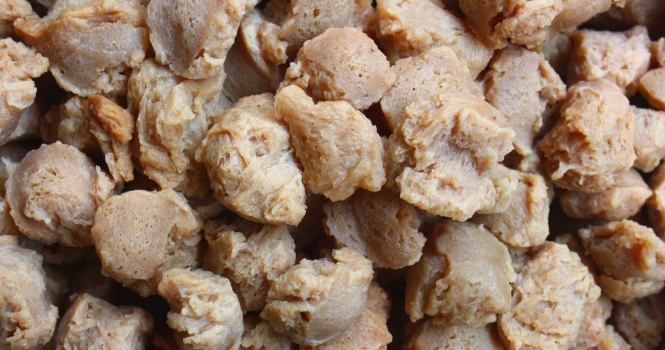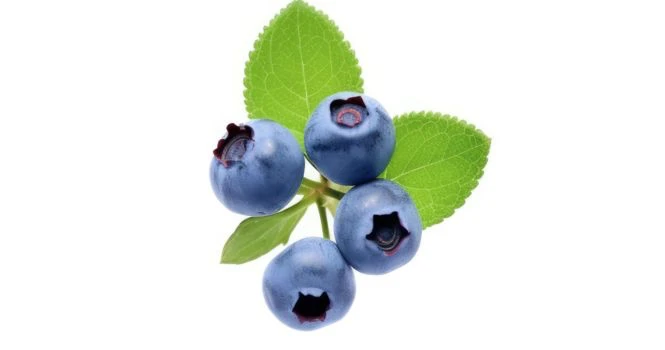Difference between Basmati Rice and Jasmine Rice
When it comes to selecting the right type of rice for a dish, the choice can be bewildering. Two types of rice that often cause confusion are Basmati and Jasmine.
Let’s see the calories in cooked rice
According to the USDA, the approximate calorie content per 100g of cooked rice for both types is as follows:
- Cooked Basmati Rice: Around 121 calories
- Cooked Jasmine Rice: Around 152 calories
Please note that the exact number may vary slightly based on the brand, preparation method, and specific variety of the rice.
Although they might look similar, they have numerous distinct characteristics.
We are highlighting 15 differences between Basmati and Jasmine rice, helping you choose the right grain for your culinary needs.
Basmati Rice Vs Jasmine Rice
| Category | Basmati Rice | Jasmine Rice |
|---|---|---|
| Origin | Originally cultivated in India and Pakistan, still the primary producers. | Native to Thailand, which remains a major producer. |
| Grain Length | Long-grain rice, known for elongating further while cooking. | Medium to long-grain rice. |
| Aroma | Has a distinctive, nutty, and floral aroma. | Known for its sweet and popcorn-like scent. |
| Texture After Cooking | Becomes fluffy and separate; grains do not stick together. | More moist and sticky compared to Basmati. |
| Taste | Mildly nutty flavor. | Subtle floral and buttery taste. |
| Color | Pale yellow when cooked. | White when cooked. |
| Preparation | Usually soaked before cooking to reduce cooking time and enhance flavor. | Does not typically require soaking before cooking. |
| Cooking Time | Slightly longer due to soaking step. | Generally quicker, no need to soak. |
| Glycemic Index | Lower (around 58), slower digestion and release of glucose. | Higher (around 68-80), faster glucose release. |
| Nutritional Content | Slightly higher in fiber and protein. | Lower in fiber, higher in carbohydrates. |
| Uses in Cuisine | Frequently used in biryanis, pilafs, and curries. | Often served with stir-fries, grilled meat or fish, and in desserts. |
| Storage | Needs airtight storage, stays good for about a year. | Requires airtight storage; if stored properly, can last for years. |
| Cost | Generally more expensive due to lengthy cultivation and aging process. | Typically less expensive. |
| Availability | Widely available but specialty varieties may only be found in South Asian markets. | Easily found in most supermarkets and Asian grocery stores. |
| Health Benefits | Its lower glycemic index can be beneficial for diabetics; also, it’s high in fiber and can aid digestion. | Despite its higher GI, Jasmine rice is a good energy source and is low in fat. |
Whether you choose Basmati or Jasmine rice, it’s clear that both varieties have unique characteristics that make them suited to different dishes and dietary needs.
The choice between the two will depend on your personal preference, the specific demands of the recipe, and your nutritional requirements. Enjoy exploring the diverse world of rice!
Frequently Asked Questions
What is the difference between Basmati Rice and Ambemohar Rice?
Ambemohar rice and Basmati rice are both aromatic varieties, but they differ in several key aspects.
Ambemohar rice is a short-grain rice native to Maharashtra, India, known for its distinct mango blossom-like aroma and soft, sticky texture when cooked. It’s ideal for dishes that require a creamy or slightly sticky consistency, like khichdi or kheer.
In contrast, Basmati rice is a long-grain rice famous for its delicate fragrance and fluffy, non-sticky texture, making it perfect for biryanis, pilafs, and other dishes where separate grains are desired. While both are aromatic, their differences in grain size, texture, and culinary uses set them apart.
![]()








